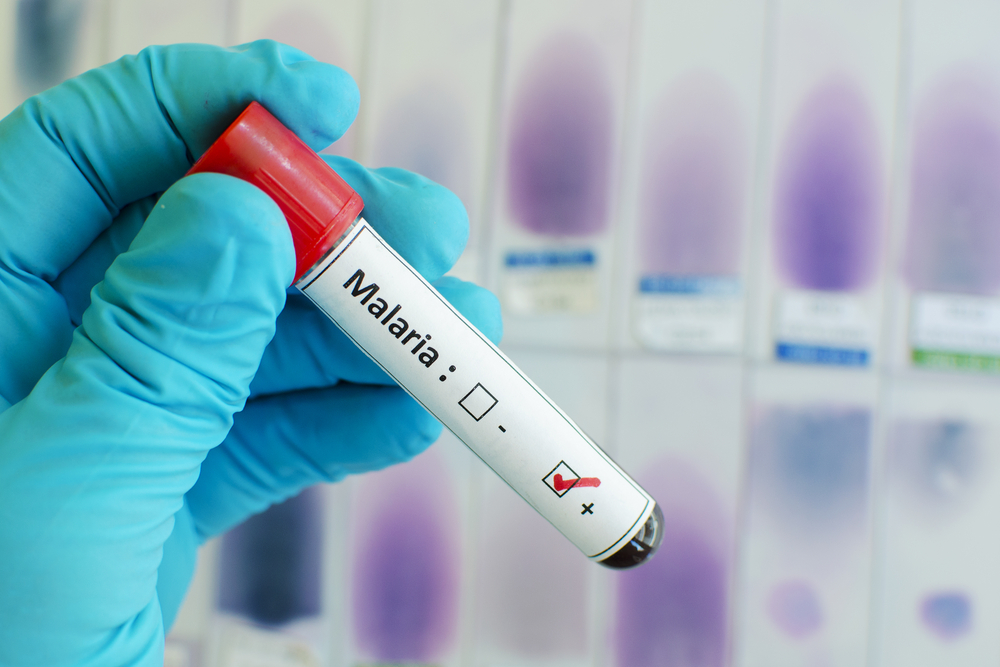
A landmark study maintains while 2016 global malaria spending totaled $4.3 billion, it fell short of the World Health Organization’s target goal of $6.6 billion.
The University of Washington School of Medicine Institute for Health Metrics and Evaluation (IHME) analysis, published in The Lancet Infectious Diseases, provides comprehensive and comparable estimates of total spending on the disease while tracking government, out-of-pocket and donor spending.
“A persistent challenge remains as funds are stagnating,” said Joseph Dieleman, one of the study’s senior authors and an assistant professor at the Institute for Health Metrics and Evaluation (IHME) at the University of Washington School of Medicine. “More resources are needed. This is particularly evident in the poorest countries, especially as they seek to control, or even eliminate, the disease.”
The work from 2000 to 2016 covers 106 countries organized into three groups, including malaria control countries, malaria elimination countries, and countries that eliminated the disease after 2000.
Researchers said malaria funding sources shifted substantially over the 17-year study period, with government expenditures accounting for more than half of global malaria spending in 2000 while constituting a smaller share in 2016 at 28.2 percent.
As a means of providing a comparison, the study determined government spending accounted for 60.1 percent of global spending for HIV/AIDS the same year in the 106 countries in the study.
“We are 11 years away from the date set by the United Nations for ending the epidemic of malaria,” Annie Haakenstad, the study’s lead author, said. “The world is watching, and unless more financial resources emerge, that goal will represent a great lost opportunity.”




